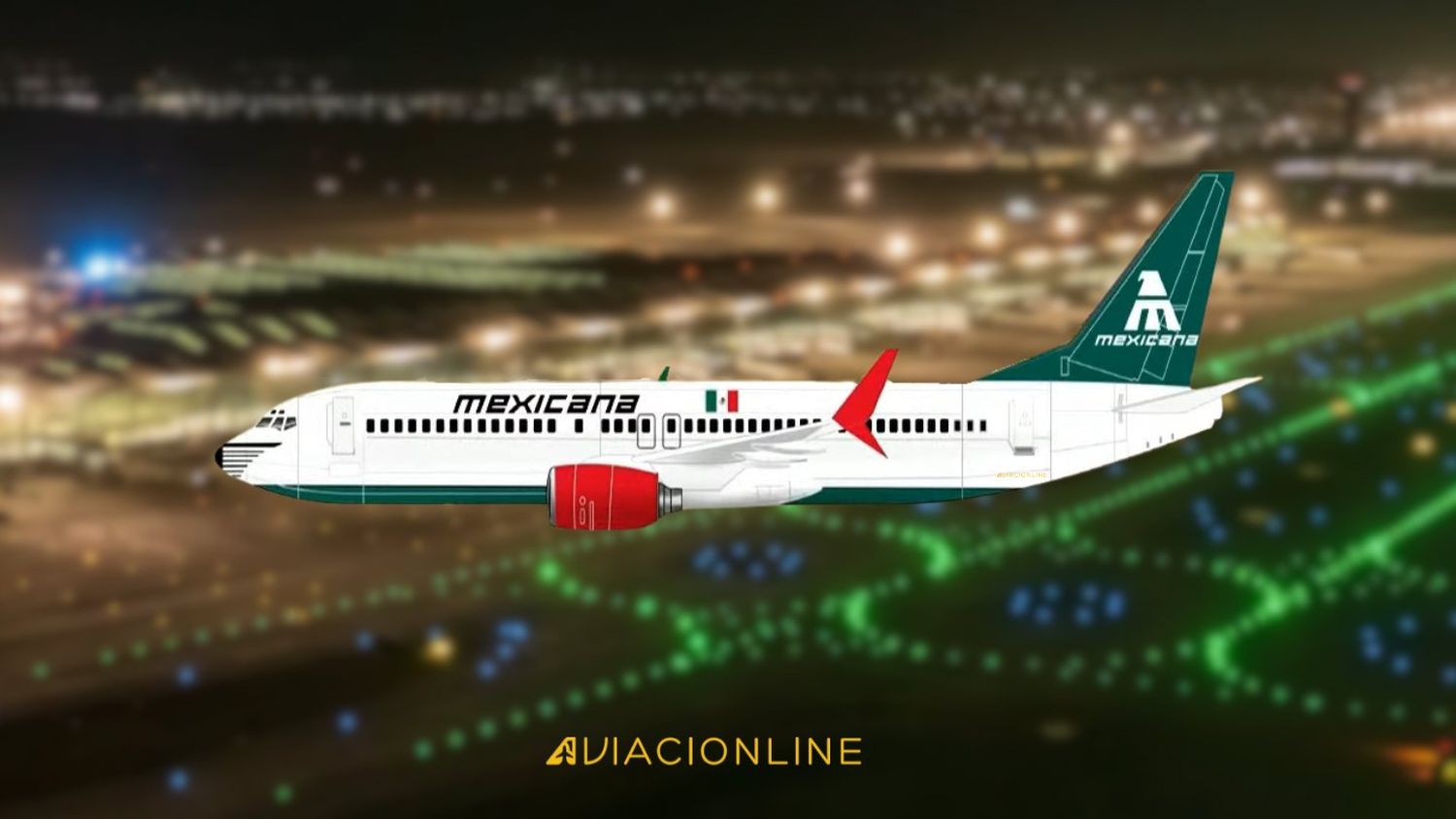As we had previously reported, this morning saw the unveiling of details pertaining to the launch of the new Mexicana de Aviación, a brand of the state-owned airline created by the government of Andrés Manuel López Obrador with the objective of fostering greater competitiveness in the local market.
The Secretary of National Defense, General Luis Cresencio Sandoval, under whose jurisdiction Mexicana de Aviación falls, announced that the primary hub will be located at the Felipe Ángeles International Airport, another controversial symbol of the aerospace initiatives during the Lopez Obrador administration. Another hub will be at the Felipe Carrillo International Airport in Tulum, Quintana Roo, once its construction is completed.
Initially, Mexicana is expected to offer tickets that are 18% to 20% cheaper by leveraging synergies with other state operators. This, they clarified, does not imply the provision of subsidies, though it remains to be seen if this will be viewed as unfair competition by other airlines.
The company currently employs 209 people and expects that number to rise to 745 by the time regular operations commence.
The fleet of the new Mexicana de Aviación
Sandoval detailed that the airline will lease ten Boeing 737-800 planes with a capacity for 180 passengers; three will arrive in September, and the remaining seven by October 30th. This entails an investment of MEX 4 billion (~ USD 235 million).
In this context, he explained they’ve consulted with Boeing to develop the business plan and that the American manufacturer continues to support them in obtaining the airline operator certification leading up to the launch of regular flights slated for December.
Each plane is expected to have three Mexican flight crews. The livery will incorporate the distinctive colors of the national flag: green, white, and red.
Destinations of Mexicana de Aviación
Mexicana de Aviación’s route network will include flights from the Felipe Ángeles International Airport to Cancún, Monterrey, Guadalajara, Tijuana, Campeche, Chetumal, Mérida, Puerto Vallarta, Ixtapa-Zihuatanejo, Cozumel, Los Cabos, Hermosillo, Ciudad Juárez, Villahermosa, Huatulco, Oaxaca, Acapulco, Mazatlán, La Paz, and León.
In tandem, infrastructure projects are planned for airports in Apodaca, Tulum, Ciudad Ixtepec, Ciudad Victoria, Nuevo Laredo, Ciudad del Carmen, Ciudad Obregón, Loreto, Palenque, Nogales, Puebla, Tamuín, Uruapan, Matamoros, Colima, and Guaymas to accommodate the Boeing 737-800 flights of Mexicana de Aviación.
Ticket sales are anticipated to start in September, with specifics on initial routes and the exact flight commencement dates to be decided in the coming weeks.
When asked about when Mexicana de Aviación would become profitable, Cresencio Sandoval said, «it will depend on our flight activity. If we can operate more consecutive and interconnected flights, with the planes flying a good number of hours, that’s how we’ll approach the break-even point«.
Furthermore, he emphasized that the airline is part of the state-owned aero-rail group that allocates its own resources to each company, sidestepping a direct answer about Mexicana de Aviación. «Perhaps after 2025, we might begin to see profitability in some of the companies, and maybe by 2030 all will achieve the desired profitability for such endeavors,» he concluded.


Comentarios
Para comentar, debés estar registrado
Por favor, iniciá sesión